Auditing and Assurance in Australia: PCAOB, IAASB Comparison
VerifiedAdded on 2020/04/07
|5
|1171
|95
Report
AI Summary
This report examines auditing and assurance practices in Australia, focusing on the key changes in audit reporting and comparing the standards set by the Public Company Accounting Oversight Board (PCAOB) and the International Auditing and Assurance Standards Board (IAASB). It discusses the motivations behind the changes, particularly those implemented by the PCAOB, and evaluates their potential to achieve the desired outcomes, such as improved information dissemination and enhanced understanding of audit reports. The report also outlines the likely impact of the new audit reporting requirements on audit practice, including the empowerment of the public and investment community with relevant information and the potential for addressing complexities in financial errors. The analysis covers similarities and differences between PCAOB and IAASB, emphasizing the importance of both bodies in regulating accounting practices and ensuring the quality of information. The report concludes that these changes are likely to achieve their aims by improving the quality of information and enhancing the effectiveness of auditing practices, leading to more pragmatic accounting and financial gains for institutions.
1 out of 5
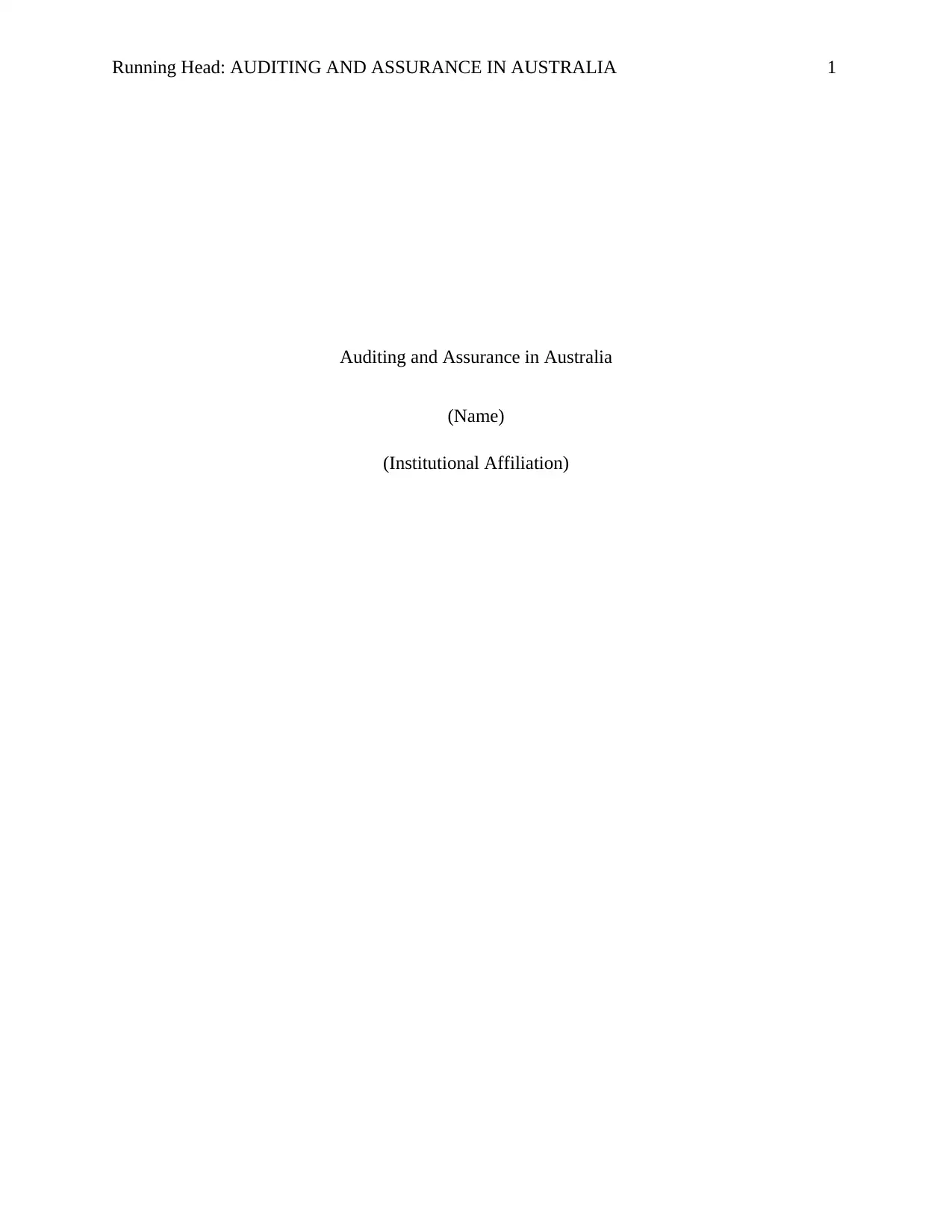
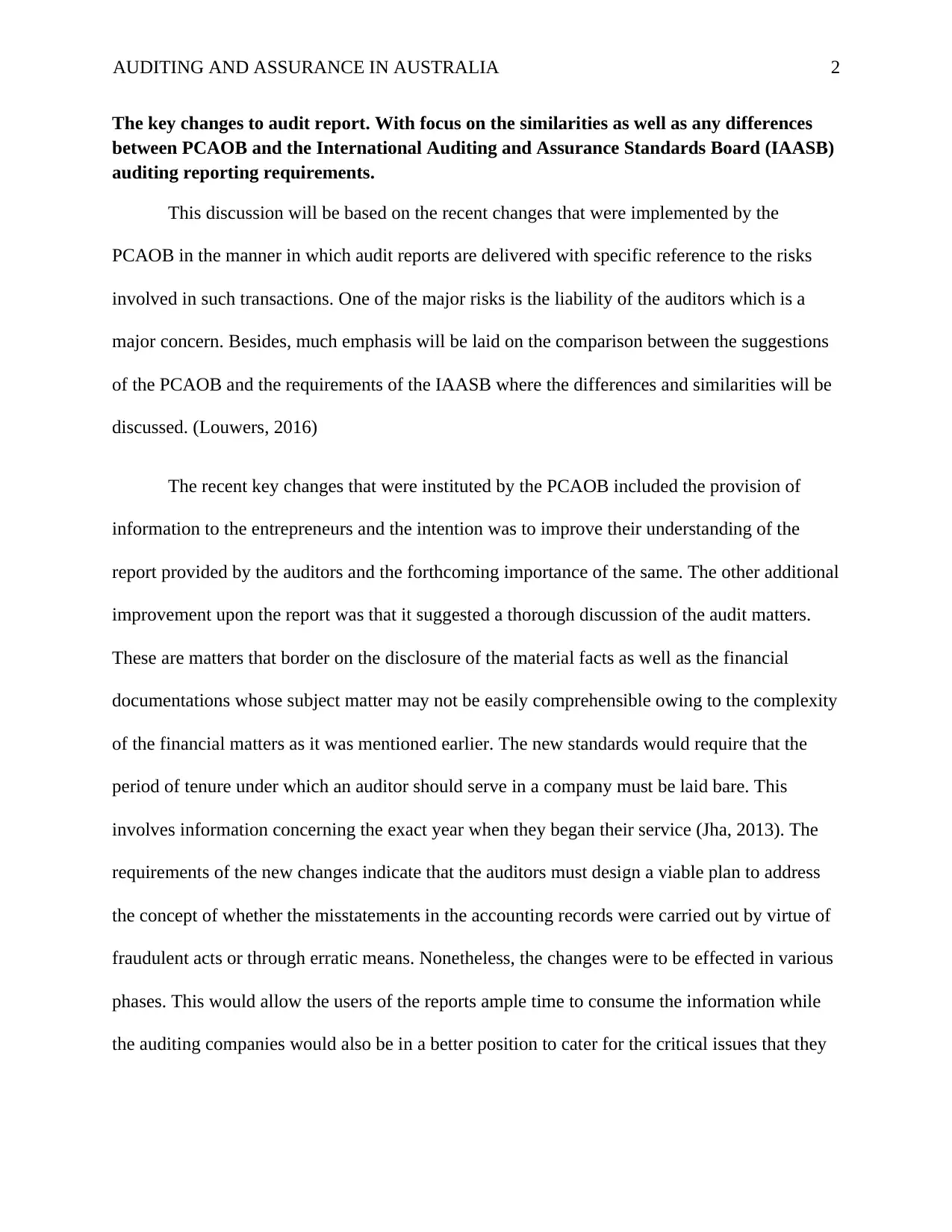
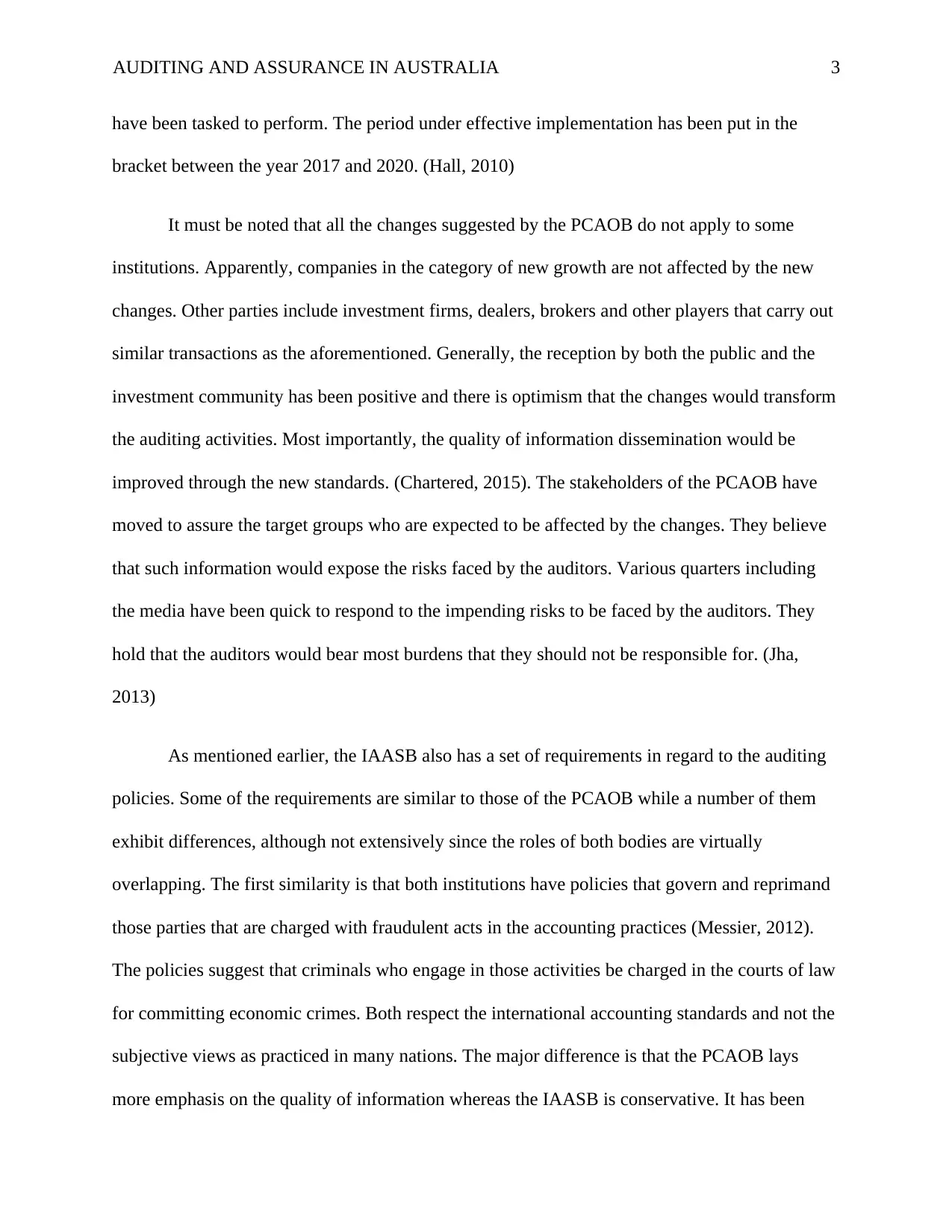

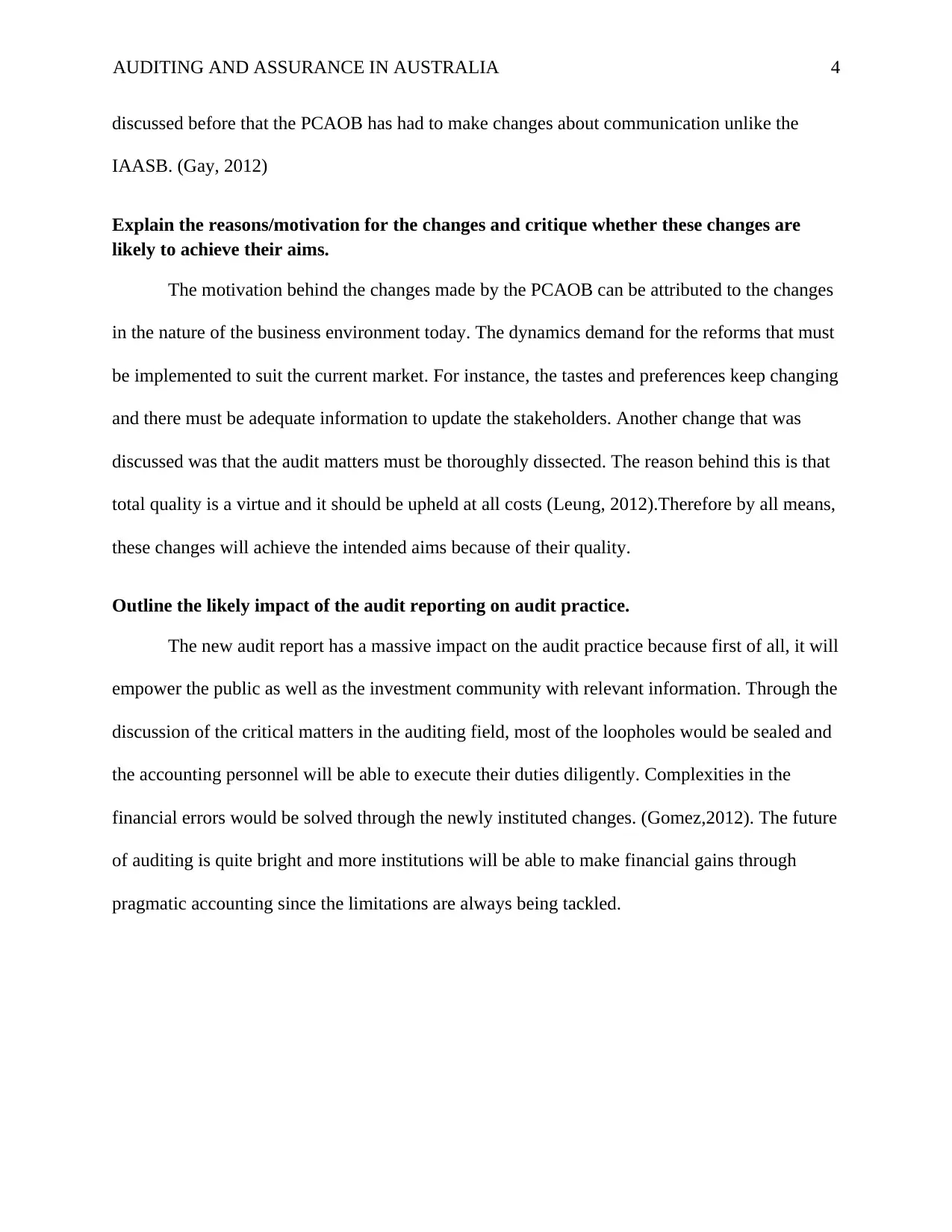
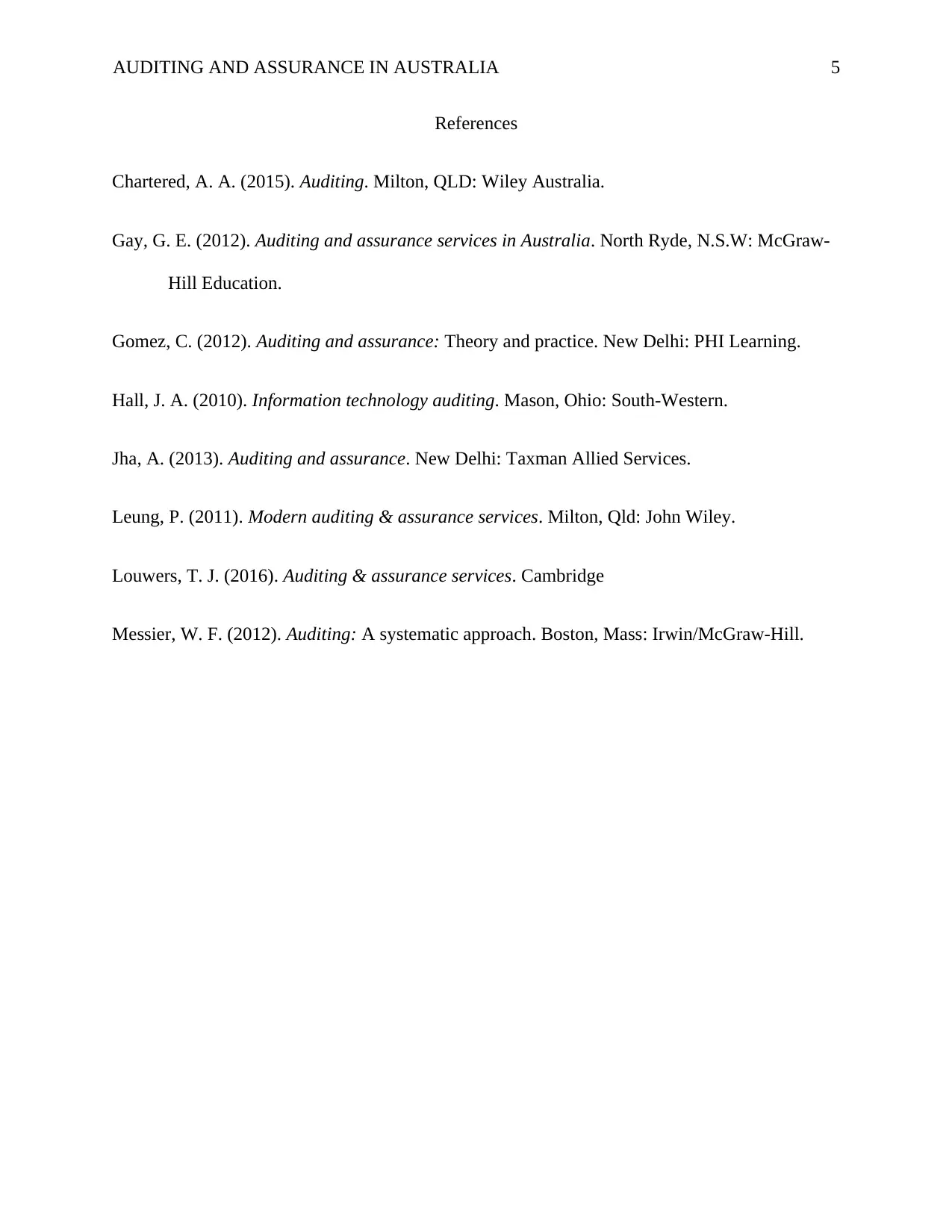






![[object Object]](/_next/static/media/star-bottom.7253800d.svg)